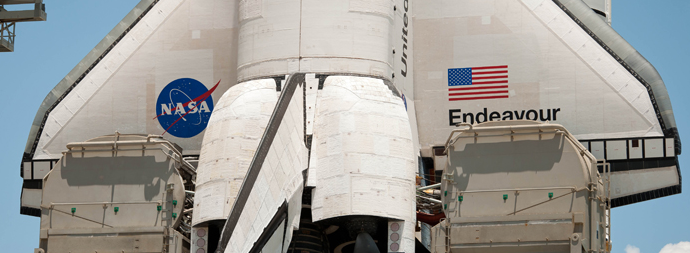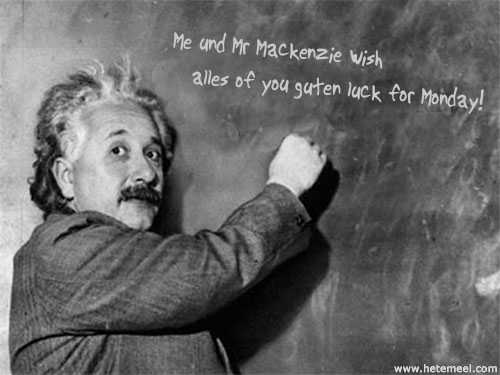
image by NASA
A few weeks ago we were all ready to look up for an evening sighting of the space shuttle Endeavour as it separated from its external fuel tank while passing over the UK. That launch was delayed but NASA is set to try again today.
Endeavour is the newest vehicle in the shuttle fleet. It was built as a replacement for Challenger. This will be Endeavour’s last mission and its task is to carry the Alpha Magnetic Spectrometer (AMS-02) up to the International Space Station.
Launch is scheduled for 1.56pm UK time and you can watch it live on NASA TV. Alternatively, you can watch the launch as a webcast from CERN, starting at 1.45pm.
AMS is designed to search for antimatter, a substance first proposed by British Physicist Paul Dirac.
Physicists believe that there should be a balance between matter and antimatter . The problem is that we live in a universe that seems to be made from matter, not matter and antimatter, so the question is…
where did all of the antimatter go?
Particle physicists at CERN’s Large Hadron Collider have an experiment that is looking for an answer to this question. The particle physics research teams at CERN were given the job of building the AMS, which was transferred to the Kennedy Space Centre earlier this year.
The videos below are from CERN’s multimedia library for the AMS project and will give you an idea of the role of AMS. The first film is less than one minute long and designed to act as a trailer for the project. The second is longer (15 minutes) and has several interviews with key project staff.





